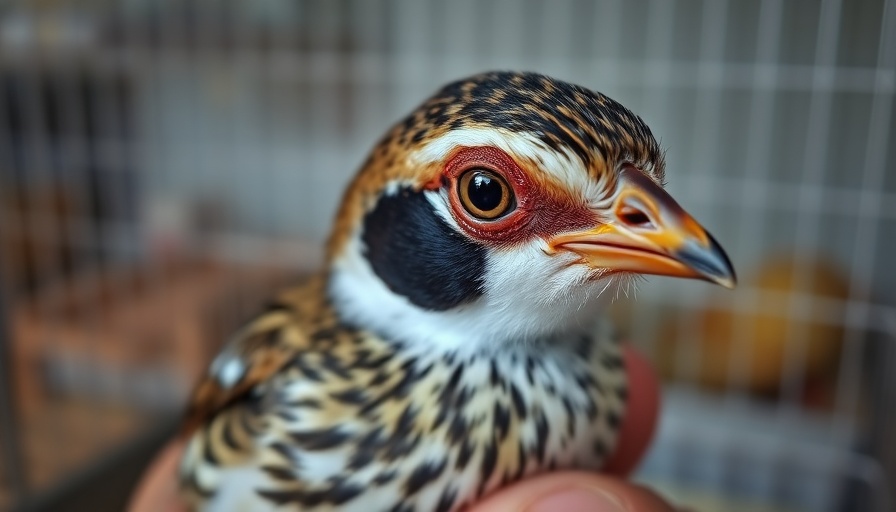
Understanding Eye Injuries in Quail
As curious and active creatures, quail are not immune to mishaps that can lead to injuries, including eye trauma. Whether caused by skirmishes with flock members or encounters with objects in their environment, eye injuries, like the one faced by our female quail, can cause significant worry among pet owners. Observing unusual behavior such as squinting, tearing, or the inability to open the eye can be alarming and warrants immediate attention.
Initial Steps for Care and Observation
The first step in addressing an injured quail’s eye is to safely and calmly remove the bird from its environment. According to veterinary guidelines, placing the bird in a quiet space is essential. Always check for signs of distress or any other injuries that may require veterinary attention. Avian specialists recommend gently washing the affected area with saline to remove dirt and bacteria. In any case of significant injury, prompt consultation with an avian veterinarian can provide tailored solutions.
Considering Treatment Options
In the case of minor injuries, applying an antibacterial cream can prevent infection. However, when a quail's eye is swollen and exhibits signs like redness or cloudiness, as seen in the injury of our quail, it’s crucial to evaluate the treatment plan closely. As mentioned in various veterinary resources, topical treatments such as Terramycin can be beneficial, but these should be used cautiously and under professional guidance.
Preventing Future Injuries
Once the immediate injury is managed, it’s critical to reflect on prevention. Keeping quail in a secure environment and monitoring their interactions closely can reduce the risks associated with eye injuries. Ensuring a habitat free from hazards and maintaining adequate space for each bird minimizes fights and accidents, fundamental to a healthy environment.
Live Updates: The Healing Journey
We learned through community discussions that healing time can vary, dependent on the injury's severity. Continuous updates indicate that while some birds recover fully, others may face complications such as corneal ulcers or scarring, impacting their vision. It’s encouraging to see cases where birds have gone on to live normally after healing, bolstered by the care of owners who are well-informed about avian health and treatments. Keeping an eye on the healing process is not just about physical recovery; it also involves emotional support as they reintegrate into their flock.
In conclusion, caring for an injured quail involves critical observation, timely intervention, and ongoing prevention strategies. As quail enthusiasts, staying updated on treatments and engaging with local avian health resources can empower pet owners to make informed decisions for their feathered friends.
 Add Row
Add Row  Add
Add 




Write A Comment